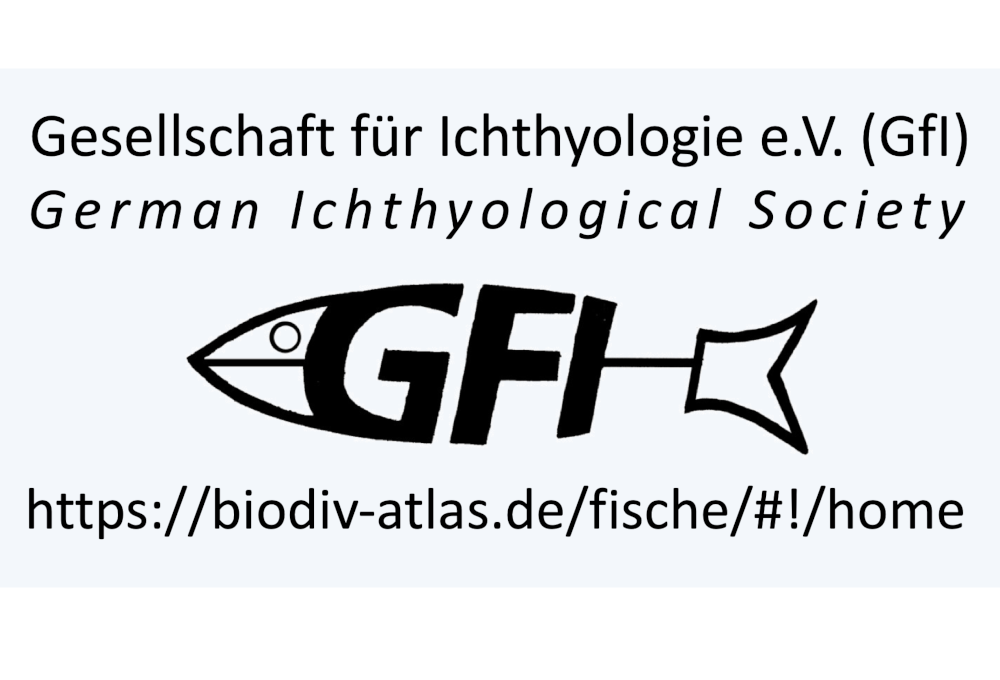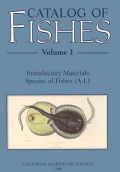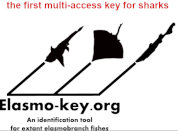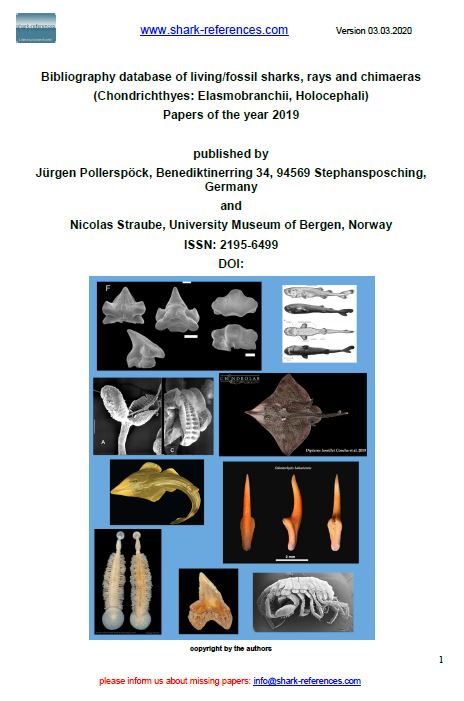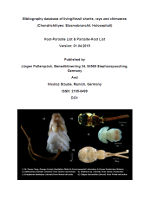
Why Are Bayesian Methods Useful for the Stock Assessment of Sharks? In M.D. Camhi, E.K. Pikitch, E.A. Babcock (Eds.) Sharks of the Open Ocean: Biology, Fisheries and Conservation. (pp. 351–368). Blackwell Publishing, Oxford, U.K.

Identification of shark species composition and proportion in the Hong Kong shark fin market based on molecular genetics and trade records. Conservation Biology, 20(1), 201–211
DOI: 10.1111/j.1523-1739.2005.00247.x

Global estimates of shark catches using trade records from commercial markets. Ecology Letters, 9(10), 1115–1126
DOI: 10.1111/j.1461-0248.2006.00968.x
Estimates of Sharp Species Composition and Numbers Associated with the Shark Fin Trade Based on Hong Kong Auction Data. Journal of Northwest Atlantic Fishery Science, 35, 453–465
DOI: 10.2960/J.v36.m488











